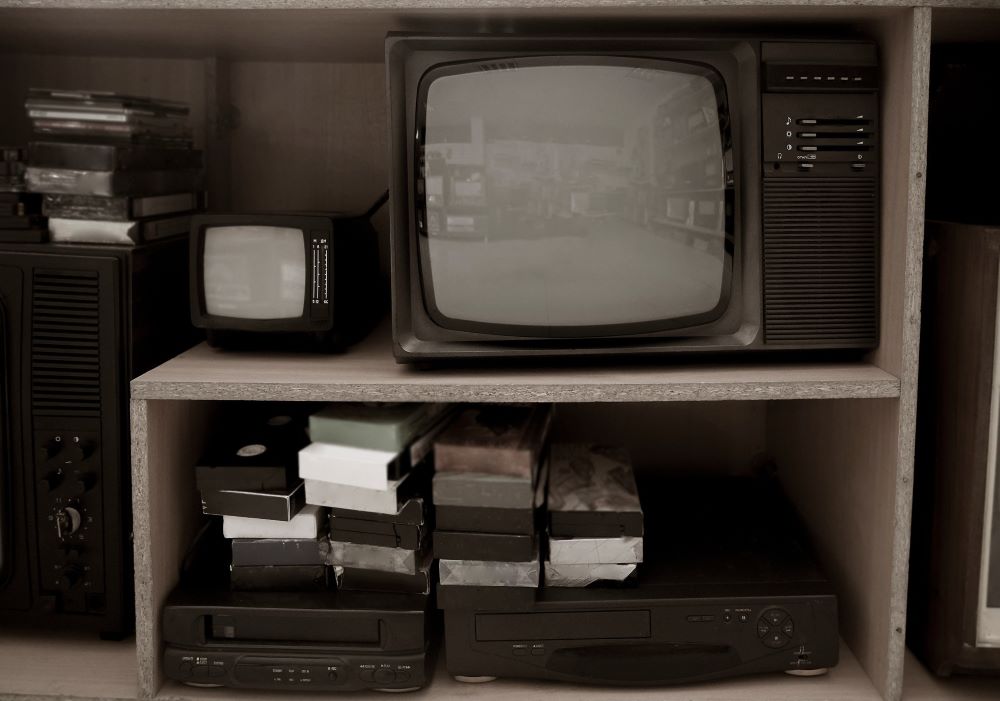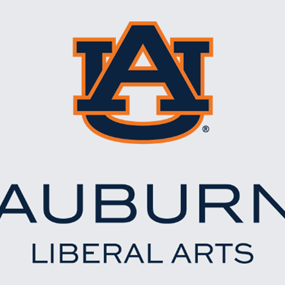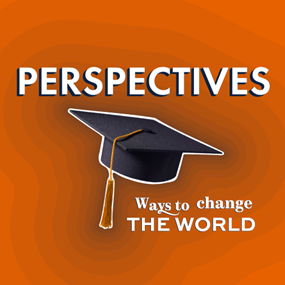Bootlegging, then and now: Media studies research tracks how fans have always found ways to watch

For as long as the airwaves have been live, people have bootlegged its content. From the dawn of radio to today's streaming platforms, recording and distributing content has built fan communities and shaped the media industry.
Associate Professor of Film & Media Studies Eleanor Patterson traces the history of bootlegging in her award-winning book, "Bootlegging the Airwaves: Alternative Histories of Radio and Television." She defines "bootlegging" as making something available that is not commercially available, which is distinct from illegal "piracy" of content available to purchase.
"Bootlegging is always about making what's unavailable available," Patterson said. "A lot of time, it just depends on whether a company has decided they're not going to release it or not make it available, then people start to figure out ways to find it, and that's been happening forever."
Beginning in the 1920s, fans of radio shows set up rudimentary recording devices next to their radio set to record shows such as "Amos 'n' Andy." Bootlegging continued to evolve alongside new technology, reaching its height in the 1970s-80s.
At the time, a television show episode would air once at its scheduled time. If you missed the showtime or wanted to see the episode again, there was no commercially available way to do so.
Inexpensive home recording devices changed the game for bootlegging. People held cassette tape players up to their televisions to record "Star Trek" episodes. With VHS tapes, fans could build libraries of episodes for shows such as "Miami Vice" or daytime soap operas that needed to be watched in order. They could also be shared among fans, through the mail or in video viewing rooms at fan events, which built community around the bootlegged media.
This user behavior was eventually noticed by production companies. In the late 1980s-90s, VHS tapes of episodes were distributed by the makers of television shows and bootlegging became a potential financial threat. It also demonstrated the market potential when DVD technology came along.
"Before on-demand television is a part of the industry, bootlegging was really the only way," Patterson said. "Recording off the TV and sharing with other people are these early mechanisms for being able to engage with the show if you weren't able to watch it on the network schedule. This user behavior is the root of on-demand content the industry makes available. Today, bootlegging is still about getting content that's not available."
Bootlegging is still going on today when people share content that is not commercially available on video hosting platforms such as YouTube. Others host invitation-only chat rooms to share bootlegged content. "Game of Thrones" fans in Cuba pay for flash drives full of the latest "House of the Dragon" episodes sent in the mail. Global shipping allows the transfer of recorded content to almost anywhere, and a major selling point for VPN technology is the power for users to change their location to access geo-blocked streaming libraries from companies including Hulu or the BBC.
Patterson said bootlegging is still very much a part of the media ecosystem, even in the streaming era.
"We think that there's this internet of everything, and it's just not the case," Patterson said. "If you've ever looked for something and you can't find it on any streaming platforms, you could probably find it on a Discord server or GroupMe. These are the places where people are going now for stuff you can't buy or get through a streaming service, these back alleys of the internet."
The demand that users have to control when they watch, replay a comfort show, binge a series in its entirety or see the "classics" that went off the air before their time have informed how we access content in commercial channels. Media companies track this behavior and it informs the type of content they keep, discard or create for their streaming platforms.
But these libraries also pose an economic dilemma. Companies have to use server space to host libraries and need to get creative about how to make money without advertisers. Notably, Patterson said, it took Netflix more than 20 years to start turning a profit, and only after it created an advertisement model.
Patterson said the more we watch, the more we do media companies' market research. While bootlegging will likely continue for as long as there's content to bootleg, Patterson said it's an important facet of understanding trends in media.
"Everything is niche. We live in an era that is defined by fragmentation. There may not be a mass audience for something, but there's a small audience for many things, and I think we're encouraged to pursue those," Patterson said. "Bootlegging almost preemptively understands that because it's people seeking out more niche things that aren't being invested in or available from mainstream content producers."
Find more information about Film & Media Studies in the College of Liberal Arts.







